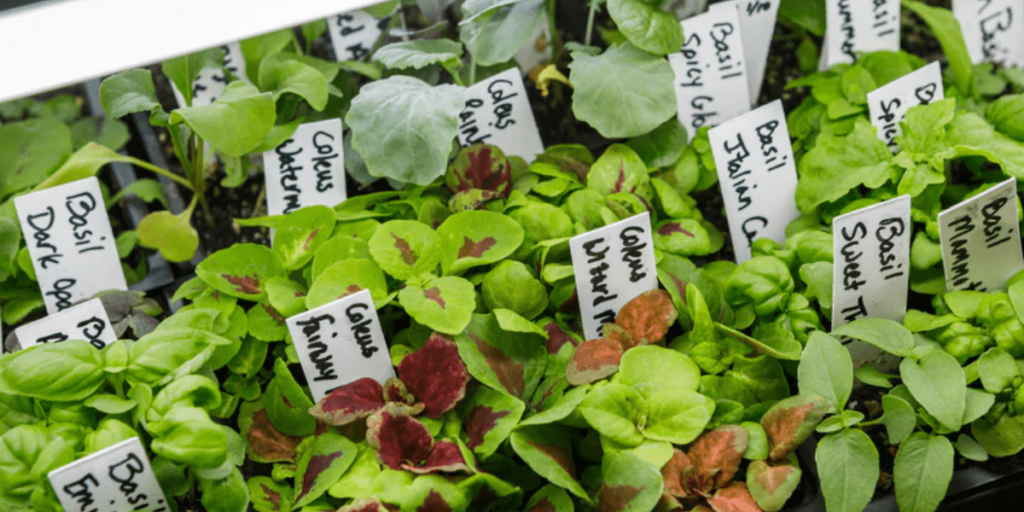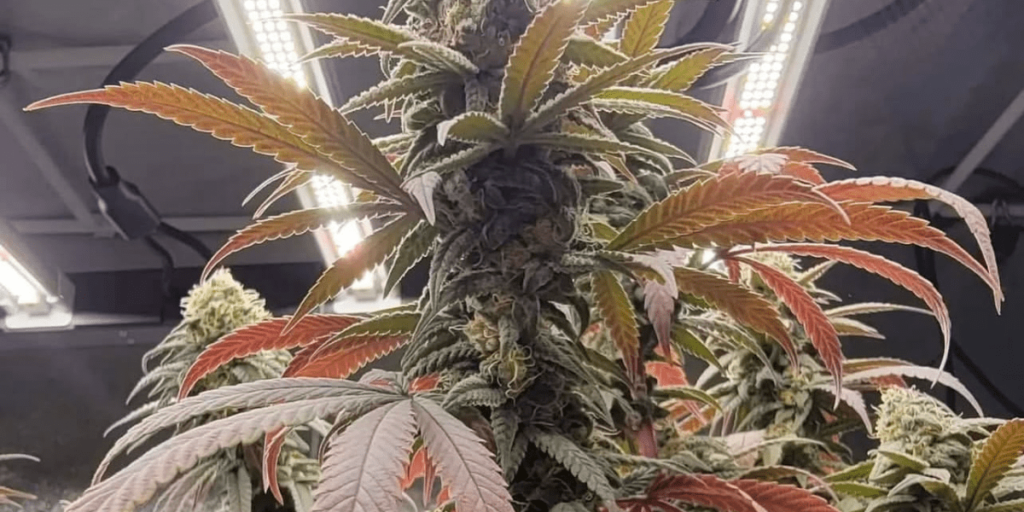Best Light Spectrum for Leafy Greens – if you’re growing leafy greens indoors—think lettuce, spinach, kale, or arugula—you’ve probably heard that light matters a LOT. But what’s this talk about light spectrum? And why does it feel like choosing a grow light is harder than picking a Netflix show?
Let’s break it down in a super chill, easy-to-read way. Whether you’re a curious beginner or a semi-pro plant parent, this guide is for you.
What’s the Best Light Spectrum for Leafy Greens?
In simple terms, light spectrum refers to the different colors of light (wavelengths) that plants absorb for photosynthesis and healthy growth. The key players?
- 🔴 Red light (around 660nm) – Boosts leafy growth and plays a big role in photosynthesis.
- 🔵 Blue light (around 450nm) – Essential for strong, healthy leaves and compact plant structure.
- 🟢 Green light (500–550nm) – Less critical, but it helps light penetrate deeper into plant canopies.
- ☀️ Full-spectrum grow light – Mimics natural sunlight, offering a balanced range of wavelengths for indoor plants.
Why Leafy Greens Love Red and Blue Light
Leafy greens like lettuce, spinach, kale, and arugula focus on leaf production—not flowers or fruit. That means they mainly crave:
- Blue light to stay short, dense, and healthy
- Red light to drive photosynthesis and speed up overall growth
✅ Pro tip: The best grow light for leafy greens is a full-spectrum LED with enhanced blue and red peaks.
Best Light Spectrum Combo for Indoor Leafy Greens
Want stronger, greener leaves? Stick to this optimized light spectrum range:
| Color | Ideal Wavelength (nm) | Why It’s Great |
|---|---|---|
| Blue | 440–470 nm | Promotes compact, leafy growth |
| Red | 620–660 nm | Powers photosynthesis and fast leaf development |
| Full-spectrum | 380–780 nm | Offers balanced, sun-like light for overall plant health |
At Greenfuturelight, our LED grow lights are specifically engineered to target these wavelengths—giving your leafy greens the ideal environment for thriving indoors.
How Long to Use Grow Lights for Leafy Greens?
For most indoor leafy greens, the ideal light schedule is:
- 12–16 hours of light per day
- 8–12 hours of darkness (yes, plants need rest too!)
Keep your LED lights about 20–30 cm (8–12 inches) above your plants to avoid light burn and ensure maximum absorption.
5 Common Questions About Light Spectrum for Leafy Greens
Q1. Can I Use a Regular Desk Lamp to Grow Leafy Greens?
Technically, yes… but it’s not recommended. Most standard desk lamps lack the full-spectrum light that plants need, especially the blue and red wavelengths that support healthy growth. Using a desk lamp may cause your greens to grow leggy, pale, and weak.
Q2. Are Full-Spectrum LED Lights Always Better for Leafy Greens?
Yes! Full-spectrum LEDs—especially those with strong blue and red peaks—closely mimic natural sunlight and promote optimal photosynthesis and leaf development. They’re ideal for growing spinach, lettuce, kale, and other leafy greens indoors year-round.
Q3. What If My Leafy Greens Aren’t Growing Well Under a Grow Light?
If your greens seem stunted or unhappy, check these common light-related issues:
- Is the light too far away? (It should be 6–12 inches from the canopy.)
- Is the spectrum lacking red or blue wavelengths?
- Are you giving your plants 12–16 hours of light daily?
Also, make sure to check your water, pH, and nutrients—lighting is just one piece of the plant care puzzle.
Q4. Are Red and Blue LED Grow Lights Harmful to Eyes?
While not dangerous in small doses, intense red and blue LEDs can be harsh on the eyes and may cause strain with prolonged exposure. To stay safe:
- Choose grow lights with a diffuser or frosted lens
- Consider wearing protective glasses if you’re working near them for extended periods
Q5. Do Leafy Greens Taste Better When Grown Under LED Grow Lights?
Yes, they can! With consistent lighting, proper nutrients, and good airflow, leafy greens grown under high-quality LEDs often taste fresher, crisper, and sweeter than store-bought alternatives. Plus, you control the growing conditions—so no pesticides, just pure flavor.
Final Tips on Choosing the Best Light Spectrum
- Choose full-spectrum LED grow lights with high PAR (Photosynthetically Active Radiation) efficiency.
- Focus on wavelengths around 440–470nm (blue) and 620–660nm (red).
- Use an automatic timer to maintain consistent light/dark cycles.
- Don’t overcomplicate things—leafy greens are some of the easiest indoor plants to grow.
What to Look for in the Best Light Spectrum for Leafy Greens
| Feature | Why It Matters |
|---|---|
| Blue + Red Spectrum | Supports lush, compact leaf growth |
| Full-Spectrum LEDs | Mimics sunlight, balances plant development |
| 12–16 Light Hours | Boosts photosynthesis and growth indoors |
| Proper Light Distance | Prevents burning, ensures efficient absorption |
Grow the Freshest Greens with Greenfuturelight
At Greenfuturelight, we design and build high-quality LED grow lights tailored for indoor leafy green cultivation. Whether you’re growing on your windowsill, balcony, or kitchen counter, we’ve got the perfect lighting setup to help your greens thrive.
🛒 Ready to grow better lettuce, kale, or spinach?
💬 Got questions about plant lighting or indoor gardening?
Leave a comment or send us a message—we’re always happy to help fellow growers.
Tag us on Instagram @Greenfuturelight — we love seeing your plant projects!
For more hydroponic tips, grow lights, and plant care guides, visit our website www.greenfuturelight
Ready to grow healthier plants? Browse our premium LED Grow Light Collection now!
Need expert advice? Contact Our Team for a free consultation today!
Bookmark or share this guide with your plant-loving friends—because better light = better greens!



